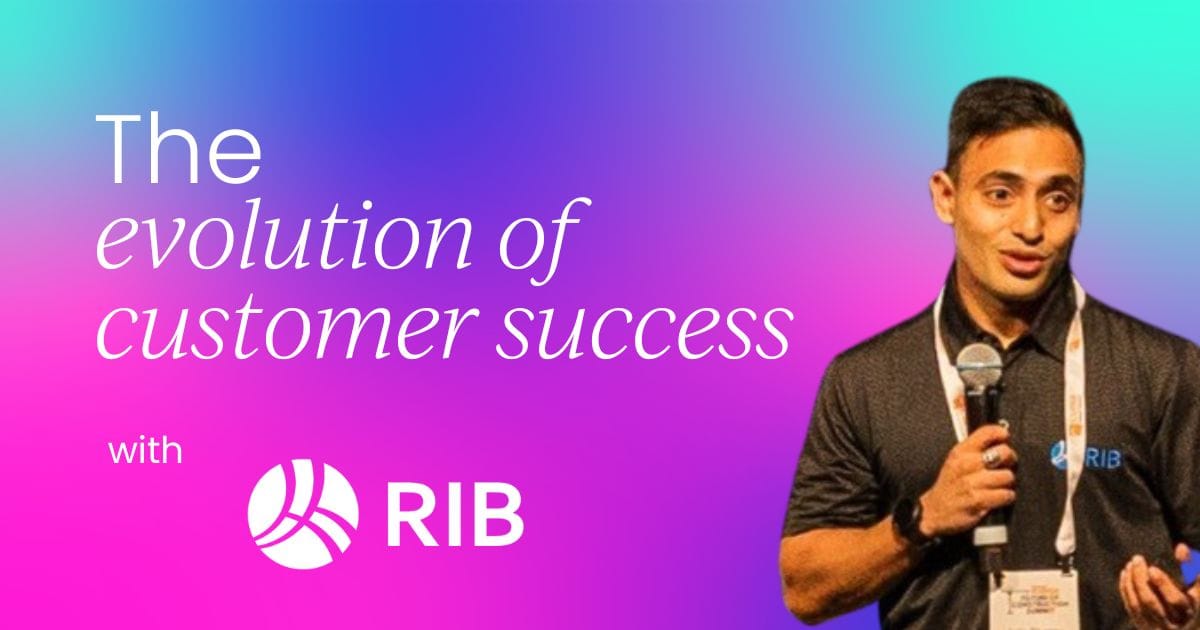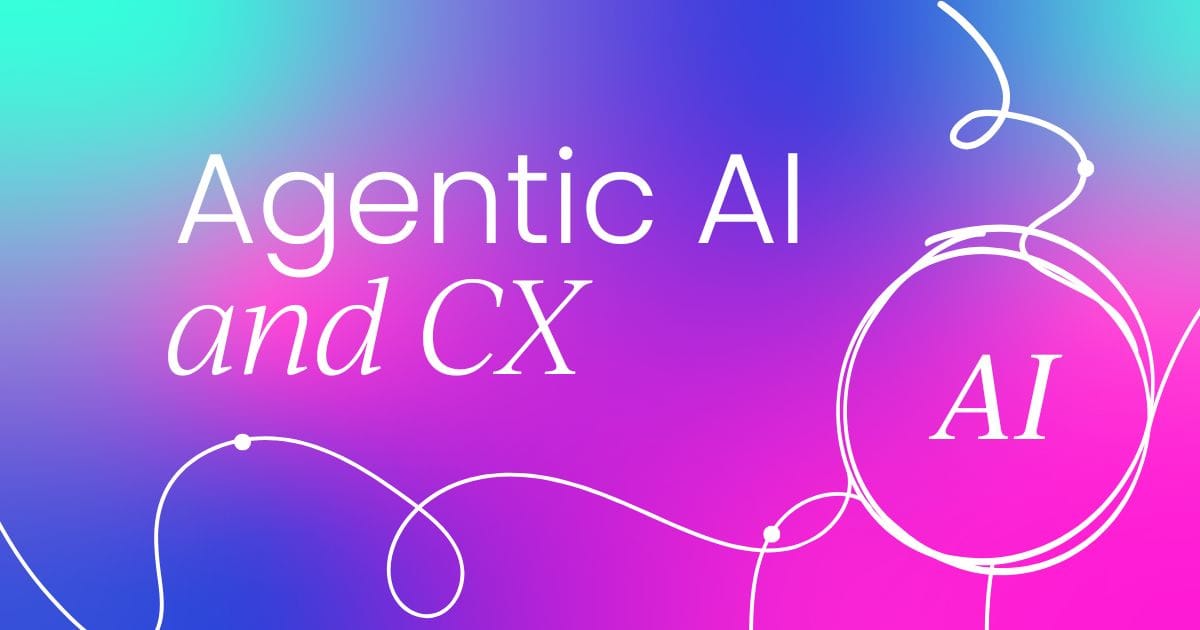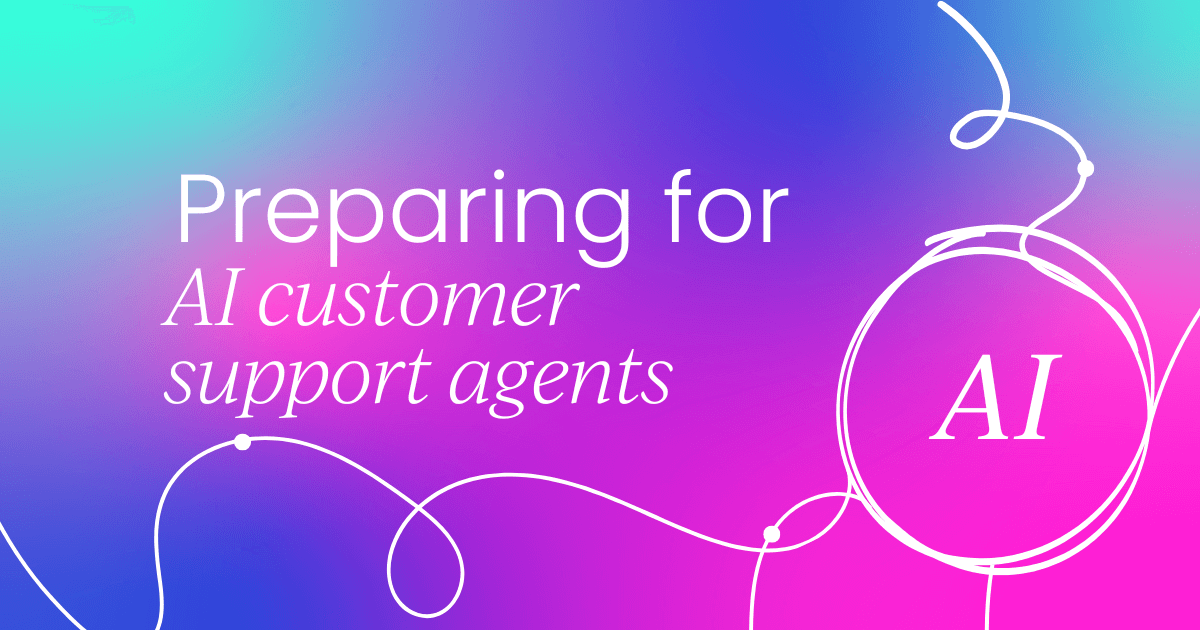As we look ahead to the future of customer support, one thing is clear: AI is no longer a distant concept – it’s very much here, and it’s reshaping everything.
Over the past few years, we’ve seen AI move from simple automation tools to more intelligent, context-aware systems that enhance how we support customers.
But we’re now at the edge of something even bigger.
The next wave of transformation is being driven by AI agents – autonomous systems that don’t just assist support teams but actively reason, act, and collaborate to solve problems at scale.
In this article, I’ll walk through how AI agents are redefining support, what businesses need to prepare for, and how you can move from experimentation to real capability.

What are AI agents?
AI agents are autonomous systems that can perceive, reason, and act. This triad is essential to how they function.
These agents don’t operate in isolation; they interact with tools to take action in the environment. Perception and reasoning on their own are not enough.
For an AI agent to be effective, it must be able to do something: call an API, trigger a workflow, extract data from a source, or update a system. That’s where the action component comes in.
Today’s agents are built by leveraging the reasoning capabilities of modern large language models. Some of the models powering this space include OpenAI’s GPT-4o, Google’s Gemini Flash, DeepSeek’s recent advancements, and Meta’s LLaMA 3 series.
A mental model for AI agents
To help visualize how AI agents work, I often explain them with this simple structure:
- The agent is essentially an LLM.
- Instructions are the prompts or rules that guide its behavior.
- Tools are the APIs or functions the agent can call to perform tasks.
When a task is handed to an AI agent, it reasons through the instructions, decides which tool(s) to use, and takes action by making the appropriate calls. Think of it as a decision-making system equipped with both logic and utility.
And just as humans collaborate to solve problems, AI agents can collaborate too. If one agent reaches a point where it needs input from another, it can hand off the task. This is called multi-agent collaboration, and it’s becoming increasingly common.
In fact, we’re now seeing architectures where swarms of agents – dozens or even hundreds – each handle a small piece of a larger process, working in sync to achieve complex outcomes.
From traditional to agentic customer support
Let’s bring this to life with a familiar scenario in customer support.
Traditionally, when a customer reaches out via email, chat, or a helpdesk portal, a support engineer picks up the ticket. They triage the issue, analyze logs, collect necessary data, loop in other team members if needed, and eventually respond to the customer.
The engineer wears many hats – handling documentation, follow-ups, prioritization, troubleshooting, and more.
But what if we reimagine that workflow with AI agents?
In an agentic support scenario, the front end still looks the same: customers contact support through the usual channels. But instead of the support engineer immediately stepping in, we deploy a set of AI agents to handle the first pass.
You might have:
- A triage agent to assess the request.
- A data collection agent to gather key information.
- A follow-up agent to manage communication.
- An analysis agent to examine logs or patterns.
- A prioritization agent to flag urgency.
These agents work together to process and enrich the ticket before it ever reaches a human. By the time a support engineer steps in, they have a much more complete and actionable picture. They can still collaborate, use advanced tools, and bring in team expertise – but they’re doing so from a more informed starting point.
The agents themselves have access to the same toolkits – logs, APIs, even internal systems – so they’re not just middlemen. They’re active participants in solving the issue.
This is what an agentic support model looks like in practice – and it’s just the beginning.




 Follow us on LinkedIn
Follow us on LinkedIn





